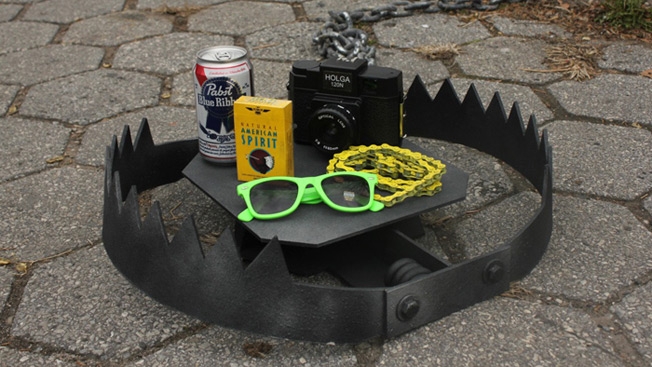 Before delving into the main portion of this article, I’d first like to clearly define what I mean by the term ‘great’ in the title.
Before delving into the main portion of this article, I’d first like to clearly define what I mean by the term ‘great’ in the title.
‘Great,’ in the sense of advertising, is in reference to an ad or campaign that transcends time and trend. ‘Great’ describes a truly creative and inspiring idea that has enough emotional, logical, or persuasive rhetoric to consistently move large portions of consumers to act. Simply put, it’s got zing.
Alright. Now that we’ve got that out of the way, we can really get to the “meat and potatoes” of this article; what great marketing campaigns can truly achieve for a brand.
Walking down the figurative Advertising Hall of Fame, you’d run into “Mean” Joe Green, an old woman inquiring about the absence of dietary cow product, and a swooshing symbol telling you to “Just do it.” But what do these ad campaigns that have stayed in our mind through the decades actually do for their respective brands? They’re cute, inspiring, and fun, but after the millions of dollars are spent and a few more million are made, can an ad campaign have a lasting effect?
Short answer: absolutely, yes.
For almost any ad campaign, a company will yield a moderate ROI for a short term period (i.e. – Placing an ad in the local paper, doubling your sales for a week). But a great campaign can truly stick with consumers and implements a lifelong brand perception.

Look at Volvo. What is the first thing almost everyone thinks when asked about the vehicle brand, Volvo? Safety. This is a result from their influential campaign from decades ago that touted Volvo as the number one safety vehicle on the market. At the time, that was true, and people were receptive to the great ad campaign. Now, 20 years later, people still think Volvo releases the safest vehicles on the market, when in fact, they’re no longer even in the top five.
Now that is one amazing campaign.
More recently, Pabst Blue Ribbon, amid the recession, zero advertising spending in 2009, and a product price increase, has reported a 25% sales increase. (Ad Age) How could this have happened while other sub-premium beers cost less, advertise more, and have reported much smaller sales increases?
 Experts told Ad Age that is was likely due to a word of mouth (WOM) campaign that Pabst Blue Ribbon initiated in 2004 as an anti-establishment beer, of sorts. It has its own niche of young drinkers who don’t conform to the premium or big name brands. And PBR did an amazing job at taking their campaign to the streets to find their niche.
Experts told Ad Age that is was likely due to a word of mouth (WOM) campaign that Pabst Blue Ribbon initiated in 2004 as an anti-establishment beer, of sorts. It has its own niche of young drinkers who don’t conform to the premium or big name brands. And PBR did an amazing job at taking their campaign to the streets to find their niche.
Benefits? Well, five years later, PBR is growing during a recession without an ad budget to speak of, against all odds.
Great campaigns have the power to shift, solidify, or revitalize brand/product perception. They have the ability to transcend time or place by remaining relevant through the fads and trends. It’s about reaching down to the core of what your brand can do for a group of people.
A good ad campaign can make people think, ‘Wow, I think I want that.’ A great ad campaign will make people realize, ‘Wow, I didn’t know I needed that.’
Stu Haack is a Copywriter & Social Media Guru at Aviatech. He likes long walks on the beach and scary movies. Learn more about him and his writing.



![]()








 Before delving into the main portion of this article, I’d first like to clearly define what I mean by the term ‘great’ in the title.
Before delving into the main portion of this article, I’d first like to clearly define what I mean by the term ‘great’ in the title.
 Experts told Ad Age that is was likely due to a word of mouth (WOM) campaign that Pabst Blue Ribbon initiated in 2004 as an anti-establishment beer, of sorts. It has its own niche of young drinkers who don’t conform to the premium or big name brands. And PBR did an amazing job at taking their campaign to the streets to find their niche.
Experts told Ad Age that is was likely due to a word of mouth (WOM) campaign that Pabst Blue Ribbon initiated in 2004 as an anti-establishment beer, of sorts. It has its own niche of young drinkers who don’t conform to the premium or big name brands. And PBR did an amazing job at taking their campaign to the streets to find their niche.